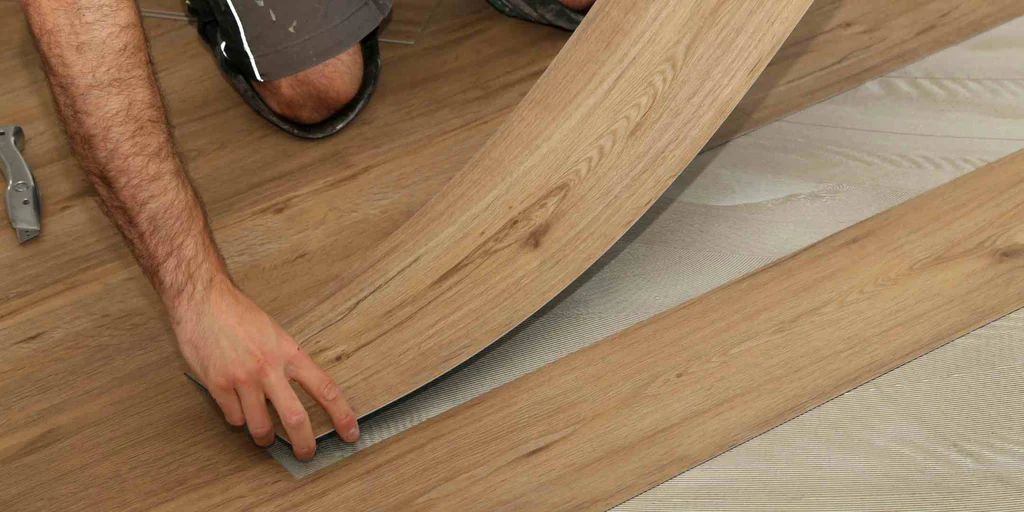If you’re planning to build or renovate your kitchen or pantry, there are some important dimensions you need to consider. This will help you to get the best storage space for your items.
Shelves at eye level should be 12 to 14 inches deep
The depth of the pantry shelves is an important consideration. You should aim for a minimum of 12 inches deep. However, some of the shelves may need to be deeper. This is especially true for kitchens.
A typical shelf depth is 16 to 20 inches. It is also important to have at least two inches of clearance between the top and bottom shelves. This allows you to easily slide in items.
There are many types of shelving to choose from. These include open shelving, floating shelving, and adjustable shelving. Which is best for you is up to you. When choosing a shelf, consider the function and visual impact.
Some people prefer shelves that are at eye level. This is the most convenient place for most items. Others want to hang their shelves up to four feet from the floor. If you decide to hang your shelves, consider your needs and space.
For the most part, the topmost shelves should be at the height of the tallest item on the shelf. This will give you more visibility of the upper shelves.
Optimizing shelf height will increase storage capacity
One of the most important elements of a pantry is the depth of the shelf. Depending on the type of items you want to store, you’ll need to optimize the shelves to make the most of the available space.
There are many factors that influence the shelf’s depth. This includes the size of the pantry, the type of items you plan to store, and the overall design of your kitchen. It’s also important to think about how you use your pantry.
A deep pantry can be a tempting proposition. It can allow you to store larger items such as cans and bottles. However, it can be hard to access, which may lead to clutter. You should also consider installing a roll-out tray.
The bottommost shelf should be about 20 inches off the floor. Depending on the size of the pantry, you may need to go up a few inches.
The topmost shelf should be at least 12 inches from the floor. This will allow you to store items tall enough to stand on.
Corner pantries work well when you have limited floor space
A corner pantry can be a useful storage solution for a narrow kitchen floor space. Although it doesn’t provide a lot of room, it’s user friendly and easy to manage. Corner pantries are also a great way to save on the cost of building a pantry.
Whether you have a kitchen in a cottage or a big home, a corner pantry can give you more storage space than a closet. But be sure to plan out your pantry thoroughly. It is best to design a pantry that is both efficient and user-friendly.
An ideal pantry will be well lit. The typical solution is to install a recessed light. However, this solution doesn’t always provide even illumination. You can find perforated aluminum shelves that will give your shelves a more even light.
One way to keep the shelves in your pantry neat and organized is to install a Lazy Susan. These adjustable shelving units can be customized to your storage needs. They will also make everything in your pantry accessible.
Custom-designed pantry transforms dining experiences
The pantry is a vital part of your kitchen design. Its primary function is to keep ingredients organized and accessible. You can create an amazing pantry that reflects your home’s style.
Custom-designed pantries can be built from new materials or reclaimed ones. They are designed to be both functional and aesthetically pleasing.
Pantry storage should be sized to fit the items you are storing. For example, if you are storing canned goods, you may not need a shelf more than six inches deep from front to back. On the other hand, if you are storing large items, you will need deeper shelves.
A good design ensures the pantry is an easy-to-use space. There are plenty of accessories to help you organize your items. Decorative pantry doors can make your pantry stand out from the rest of your kitchen.
Pantry shelving should be positioned to provide at-glance viewability. Items on the back of the shelves are difficult to see and are often less accessible.





